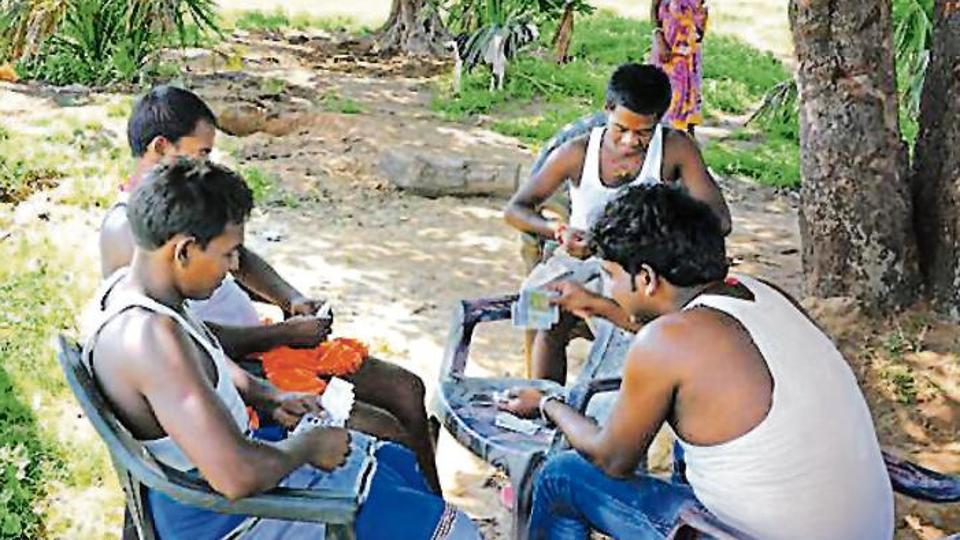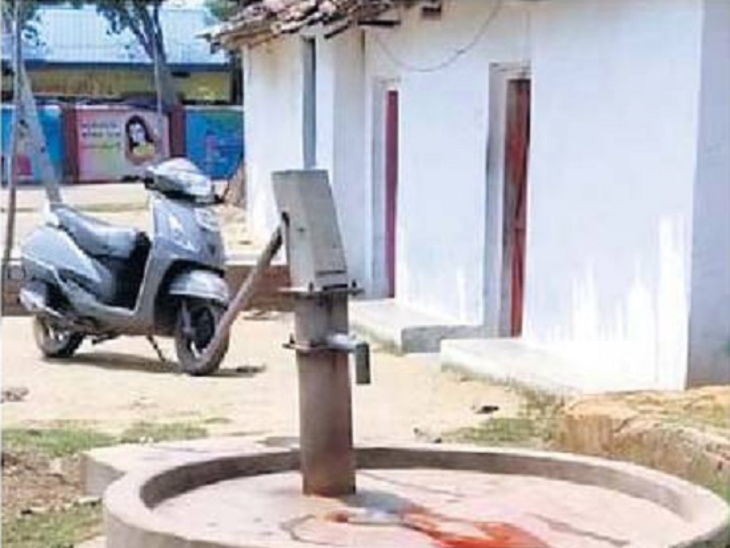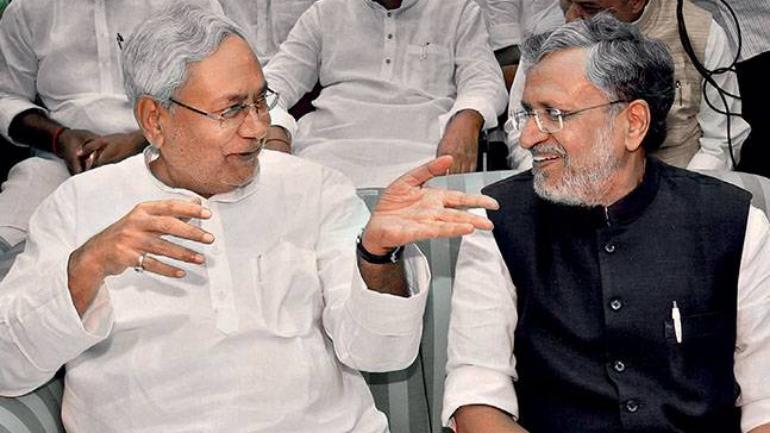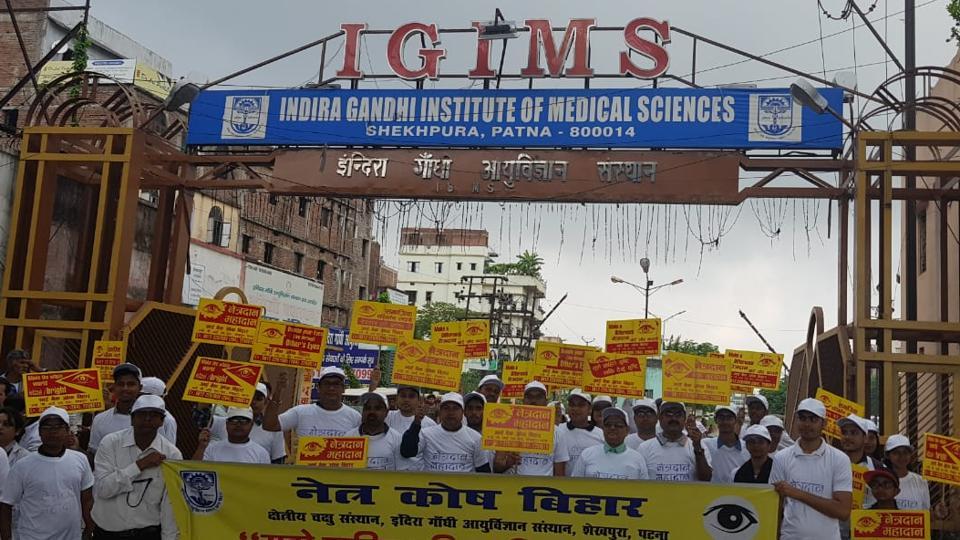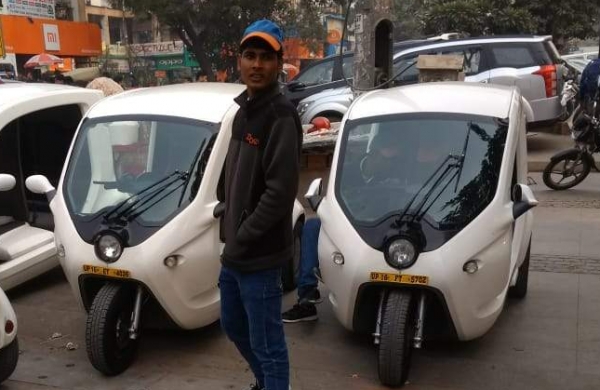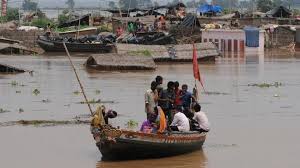Source: hindustantimes.com
In a new initiative aimed at resolving the growing number of disputes at the village level by strengthening the justice delivery system at the grassroots level, Chanakya National Law University (CNLU), Patna, in collaboration with the department of panchayati raj, government of Bihar, has completed training of sarpanchs,up-sarpanchs, nyaya mitras, and gram katchari secretaries of Patna district.
Two-day trainings were held at the office of chair professor, panchayati raj, CNLU. About 1,000 members of gram katchari have been given training, both textual and practical, within three months. A moot court was also incorporated in the training programme under retired district judges and IAS officers.
The move is significant as it could help in lessening the mounting load of litigations in courts. As per the law, no court shall take cognisance of any case or suit that is cognisable by a bench of the gram katchari.
“We will start it in 14 other districts of Bihar with the help of the department of panchayati raj next month. Amrit Lal Meena, principal secretary, and Kuldeep Narayan, director of the department, have expressed their satisfaction over the successful completion of training programme of Patna district. Once trained, gram katcharis can bring about a perceptible change in local governance,” said SP Singh, chair professor.
“Bihar is the only state where chair professor has been estabconsent
lished by the department of panchayati raj. Ministry of panchayati Raj, government of India, has also shown an interest in establishing chair professor. I got a call from the ministry in this regard. The executive committee of CNLU has given its to start a PHD programme on various aspects of panchayati raj under the chair professor,” he added.
As per the Panchayati Raj Act, 2006, Bihar has set up gram katcharis in every panchayat for the purpose of discharging the mandated judicial functions.
The law stipulates that the state government shall, in the prescribed manner, make arrangements for training of the sarpanch, up-sarpanch, panches and nyaya mitras of the gram katchari.
Bihar has 8,392 gram katcharis and more than 33,000 personnel would be trained in phases. Chief minister Nitish Kumar had also earlier said that cases coming under the jurisdiction of gram katcharis should be transferred to them from police stations top reduce the load of litigations. Each gram katchari has five members. A sarpanch is a key figure and gram katchari is an important institution to entertain suits and cases on application of parties and police reports.
It has the powers of a civil court under the Code of Civil Procedure,1908, to take evidence and to compel attendance of the parties, witnesses and such other persons as may be required and production of documents or instruments for disposal of such suits or cases.
The powers of village katcharis include clamping of Section 144 in their jurisdiction up to 15 days, beyond which it needs to be vetted by the SDO concerned. imposing fine up to Rs 1,000 and deal with land disputes, criminal trespass, public nuisance, eve teasing or family issues.
